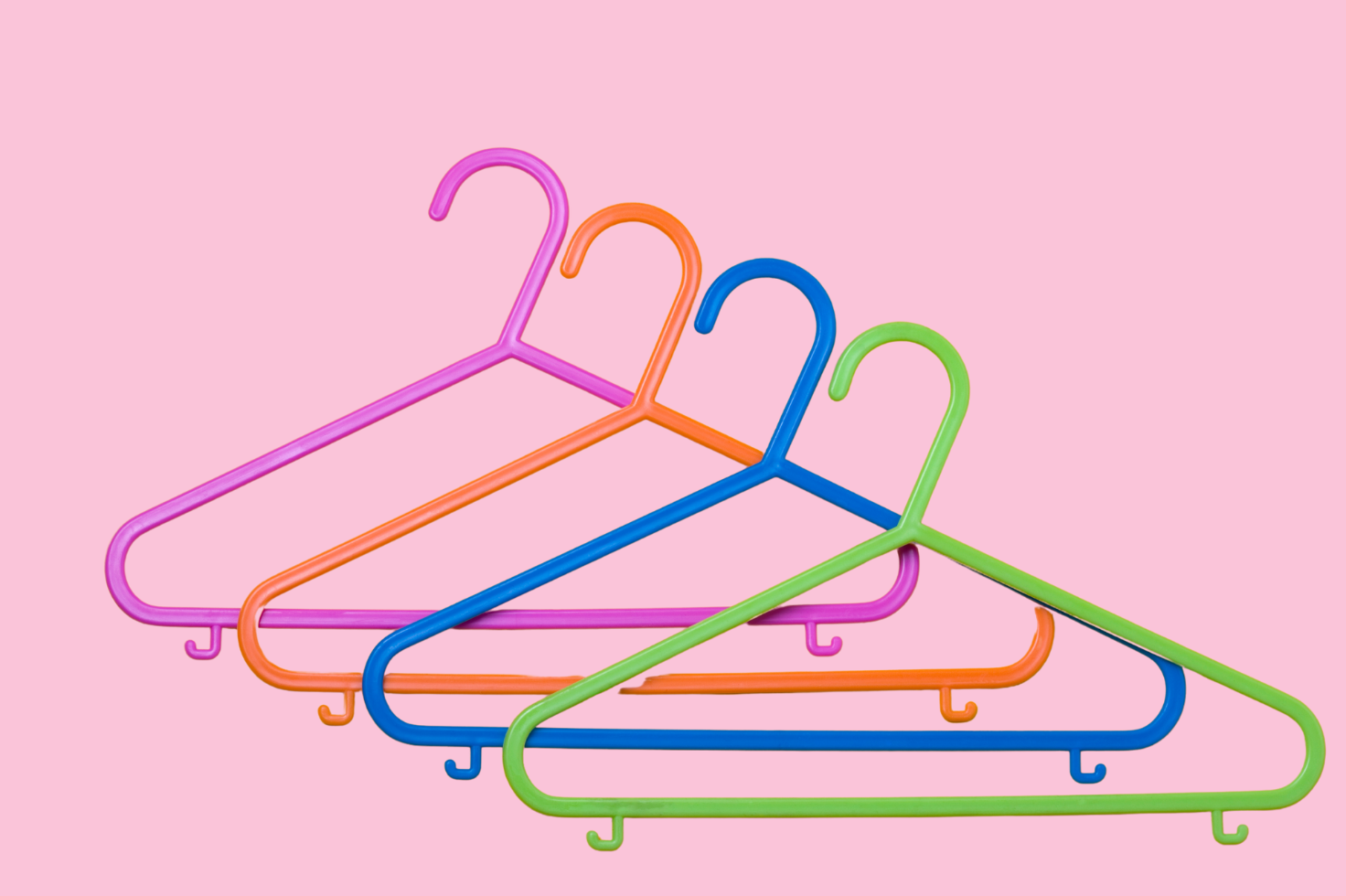In an era of fast fashion and mass consumerism, a growing number of people are choosing a different path—one that prioritizes sustainability, mindfulness, and financial well-being.
Second-hand shopping and a low-consumption lifestyle are on the rise, driven by a desire to reduce waste, save money, and make more conscious purchasing decisions, especially in today’s economy.
From thrift stores and online resale platforms to clothing swaps and minimalist living, consumers are rethinking their relationship with material goods. This shift is not just about fashion; it represents a broader movement toward sustainability and intentional living, reshaping how we shop, dress, and consume in a world increasingly aware of its environmental impact while also being mindful of our finances.
A look back: the transformation of second-hand shopping and thrifting throughout the years
Second-hand shopping, more commonly known as “thrifting”, has deep historical roots, originating from ancient barter systems and repurposing practices.
Organized thrift stores emerged in the 19th century to provide affordable goods and support those in need. The thrift movement gained traction in the early 20th century, emphasizing frugality, especially during economic hardships like the Great Depression.
World War II reinforced thrift culture as rationing led people to mend and reuse clothing. By the 1960s and 1970s, countercultural movements embraced thrifted fashion as a form of self-expression. In the 1980s and 1990s, secondhand shopping became mainstream, with curated thrift stores and vintage fashion gaining popularity.
The 21st century saw the rise of online thrifting, making second-hand shopping more accessible. As sustainability concerns grew, thrifting became a key part of the eco-conscious movement, helping to reduce textile waste. Today, thrift culture thrives, fueled by social media and a growing focus on sustainability.
Thrifting has evolved from a necessity to a powerful force in sustainable fashion, proving its lasting impact on both style and environmental consciousness.
The shift to “recommerce”
The development and shift of consumers’ shopping habits and lifestyles have led to the rise of a retail phenomenon called “recommerce.” Recommerce can be defined as the practice of selling previously owned or used products.
Gone are the days when people would frown upon thrifting and shopping for used goods. As the CEO of leading returns management vendor of Optoro, Amena Ali, cites: The paradigm shift in recommerce has especially been evident for items with higher price points (such as jewelry, luxury apparel, and furniture), and it is not just consumer-driven but also a response by retailers to shift to more sustainable business practices.
Recommerce is more than a passing retail trend; it represents shifting consumer values and a move toward more sustainable and responsible shopping habits. Retailers that adapt to this change are not only supporting a greener future but also aligning themselves with the evolving expectations of the next generation of shoppers.
Interest in low-consumption lifestyle, recommerce, and second-hand shopping are on the rise
Interest in recommerce remains strong as shoppers seek to save money and adopt a more sustainable lifestyle. According to eBay’s 2024 Recommerce Report, 86% of global consumers bought or sold pre-owned goods in the past year, with Millennials and Gen Zers aged 25 to 34 leading the trend.
While sustainability is a factor, cost savings remain the primary driver—62% of consumers cite saving money as their top reason for shopping secondhand. Another reason is the chance to buy an item they can’t find new.
Resale is also growing as a side hustle, with eBay sellers up 22% YoY. Total resale volumes were forecasted to reach $108.64 billion in 2024, though growth will be uneven. Online resale demand is slowing, prompting platforms to target higher-income buyers, while thrift store visits are rising across income levels.
While ecommerce resale growth is expected to continue its growth over the next few years, some are forecasting that its residual growth will be slower than anticipated. eMarketer predicts that the US ecommerce resale value in 2025 will be about $83.75B, $87.43 in 2026, $91.63; an average of about 0.4% to 0.5% annual forecasted growth.
Final thoughts
The slow but steady pace of forecasted growth in the industry means that secondhand shopping and recommerce are here to stay. As consumers and retailers alike continuously look for ways to shift their practices toward more sustainable causes, the trends in retail will also shake up the world of secondhand shopping. Trends such as AI and ethical marketing will shape how consumers and brands will approach the industry. We shall sit back and watch whether this rising trend of a low consumption lifestyle and secondhand shopping is going to be a revolutionary phenomenon or just another fad in the retail industry.

To see more from illumin, be sure to follow us on X and LinkedIn where we share interesting news and insights from the worlds of ad tech and advertising.











